Historic Hamtramck Stadium is one of five home ballparks for a major Negro League team between 1920 and 1948 still standing in the U.S.
The park opened in May 1930 as the home stadium for the Detroit Stars Negro League baseball team, Gary Gillette, president and founder of Friends of Historic Hamtramck Stadium and baseball scholar, said. Gillette said he started researching the stadium in 2008 and has advocated for its revival ever since.
“People had forgotten the history here because, frankly, people die off and only a few old timers knew the history,” he said. “Before World War II, most people remembered it as a place that they went when they were younger. They or their grandfather or father played baseball here or mother might have played softball… but they didn’t know the history.”
Gillette said he spoke to the Hamtramck City Council in 2010 after seeing a letter to the editor in the Hamtramck Review asking for the grandstands to be torn down. He said City Council’s support of him reviving the stadium got the ball to revamping rolling.
“I told them (City Council) it’s the baseball history that will get foundation money and federal money and to fix this up,” Gillette said. “That doesn’t mean it has to be all baseball play. Your kids can play soccer on the field. Your kids can come out here and practice their cricket. And we want them to, but it’s the baseball history that will get money to rehab it.”
The park’s community interaction makes it more than just a stadium. Its not just a place for baseball, but a cricket pitch, a soccer field, space for two little league fields, a picnic area and a green space.
The stadium sits in Veterans Park in Hamtramck, which includes a playground, tennis courts and more. The field itself goes by Norman “Turkey” Stearnes Field, after a 1923-31 Detroit Star.
“The stadium is a historical landmark and a jewel in the middle of (one of) our largest parks,” Hamtramck City Manager Max Garbarino said. “Our community uses the park and uses it for recreation regularly.”
Hamtramck Parks Conservatory President Thomas Habitz said the park was falling apart before it was redeveloped.
“All this work from a lot of different, very committed folks, a lot of volunteers, helped bring first the field back to life and then following that the full redevelopment of the grandstands,” Habitz said.
He added that more than $3 million has gone into reviving the grandstands and restoring the park in the last few years. Now about 150 baseball games a year are played at the stadium.
Gillette estimated the park sees up to 50,000 visitors in a year.
The park hosts everything from college baseball games to community events. The rededication of the park on Juneteenth 2022 honored former Negro League player Ron Teasley, who told Fox 2 Detroit he didn’t think the field would still be standing.
“After the Negro League stop playing here, I thought the park would fall apart,” Teasley, who was 95 at the time, said.
According to Habitz, the preservation was possible because volunteers who maintained the old Tiger Stadium after its demolition decided to volunteer to maintain the Hamtramck stadium.
“They didn’t like that weeds were growing up (at the old Tiger Stadium), and the city of Detroit wasn’t maintaining it,” he said. “So they cut down all the weeds and carved a baseball field back into it. People started playing there. And when the redevelopment work in Michigan and Trumbull started to happen, they were kind of displaced from there and they hooked up with us.”
Habitz said the Hamtramck Parks Conservatory covers the maintenance equipment expenses and the mostly volunteer crew works under the conservatory’s direction
“They (the volunteers) are just really interested in historic preservation of baseball fields,” he said. “They became the caretakers of this field, so, essentially, all the field maintenance and all the field preparation for the games that happened here are because this small but very dedicated group of guys comes and works out in this field on a near daily basis… It’s mostly a labor of love.”
Habitz said grants received by the city fund the project as well as the Friends of Historic Hamtramck Stadium, Hamtramck Parks Conservancy, Hamtramck Stadium Grounds Crew, Wayne County, the National Park Service, the Ralph C. Wilson, Jr. Foundation, Kresge Foundation and the Detroit Tigers Foundations.
“We (Hamtramck Parks Conservatory) are kind of managing the project on behalf of the city,” Habitz said. “We’re not the city directly, but we work really closely with the city. The city is our primary stakeholder, and the city owns the land. But because of our role we’re over
seeing that project to make sure we maximize its potential.”
Gillette said outside of being home to star players like Stearnes, the stadium’s history includes high school, semi-pro and American Legion baseball, soccer and high school football in the 1930s until they opened Keyworth Stadium, boxing matches and World War II bond rallies.
Gillette said Hamtramck won the Little League World Series in 1959.
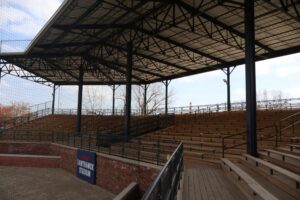
The backstop and grandstands at Hamtramck Historic Stadium. – Photo by Natalie Davies/The Arab American News
“It was a huge deal,” he said. “The way Little League is set up, the World Series is always played in Pennsylvania at the headquarters at Williamsport. They didn’t win it here, but they won all the games here until they advanced for the playoffs. And when they came back from Williamsport… they had people meeting them… for a rally here.”
Hamtramck then was a hotbed of sports and sent multiple players to the MLB, NBA and NFL, Gillette said. Hamtramck’s population of more than 40,000 in the 1950s – the population is currently about 28,000 – and its culture of sports made it a place to be.
“There’s a lot more people to play,” Gillette said. “The high schools weren’t strapped for funds like they are today, so they had very robust athletic programs. It didn’t cost your family a lot of money to play, even if you are good and wanted to get the attention of a college or a pro team, you could still play without paying a lot of money for travel teams or special tutoring… It was simpler.”
Parks Conservancy Board member and former Hamtramck Schools Superintendent Tom Niczay said in 2012 the stadium was placed on the National Register of Historic Places, and in 2014 the state approved the installation of a Historical Marker.
“It (the stadium) recognizes the fact that a Negro League Baseball team was welcomed in the city at a time when Blacks (people) were not welcomed in Major League Baseball,” Niczay said. “It sends a powerful message to… young and old and every Hamtramck resident that people of color were accepted, valued and respected at a time when they were shunned in so many places. That’s a noteworthy historical occurrence that should be celebrated.”
Habitz said the Hamtramck Parks Conservatory made a master plan at its inception in 2020, and plans to put tens of millions of dollars into the park in the next 20 years.
“We raise money from outside foundations and donors to support recreation, and we’re undertaking a master plan in order to make a series of capital improvements and make the parks more accessible and make sure they’re in a better condition for residents and visitors,” he said.
He said this summer the conservatory is working on fixing the indoor space under the grandstands into locker rooms, restrooms, concessions, storage space and a historical museum to the park. On the outside, the organization is looking to put sprinklers and drainage in the outfield and install lights, a scoreboard and a PA system as part of a major construction project.
“This is intended to be a regional destination and a regional asset,” he said. “So it’s important that we serve the needs of the local community. But Hamtramck is a special place to a lot of people, even people who don’t live here, and we want there to be a really good impression of the city because of the way that we maintain our parks. And so we want our parks to add as a catalyst for growth and for community pride. And for people coming together. So you know, we have a diverse community here. Parks are a great place for people to intermix, get to know each other and have shared experiences.”
For more information about the park and events that take place there, visit www.hamtramckstadium.org.
– Resilient Neighborhoods is a reporting and engagement series that examines how Detroit residents and community development organizations are working together to strengthen local neighborhoods. This story was originally produced and published by Model D Media and is reprinted in New Michigan Media newspapers through a partnership supported by the Kresge Foundation.
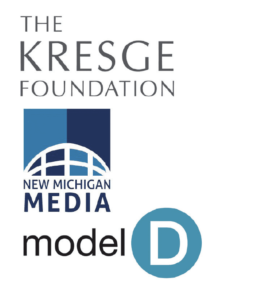


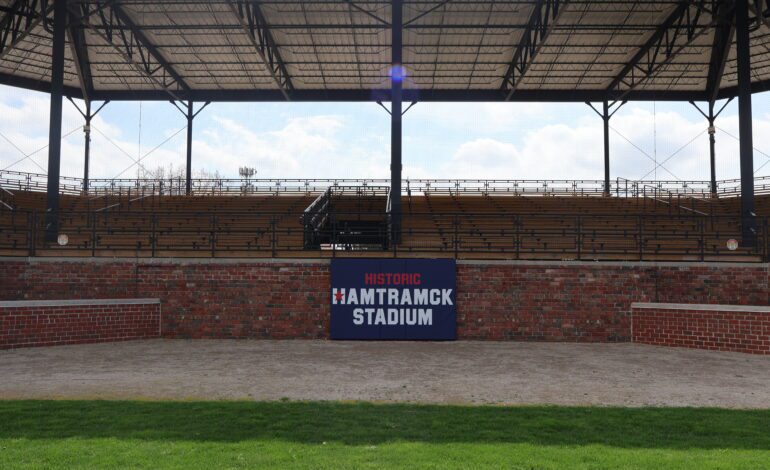

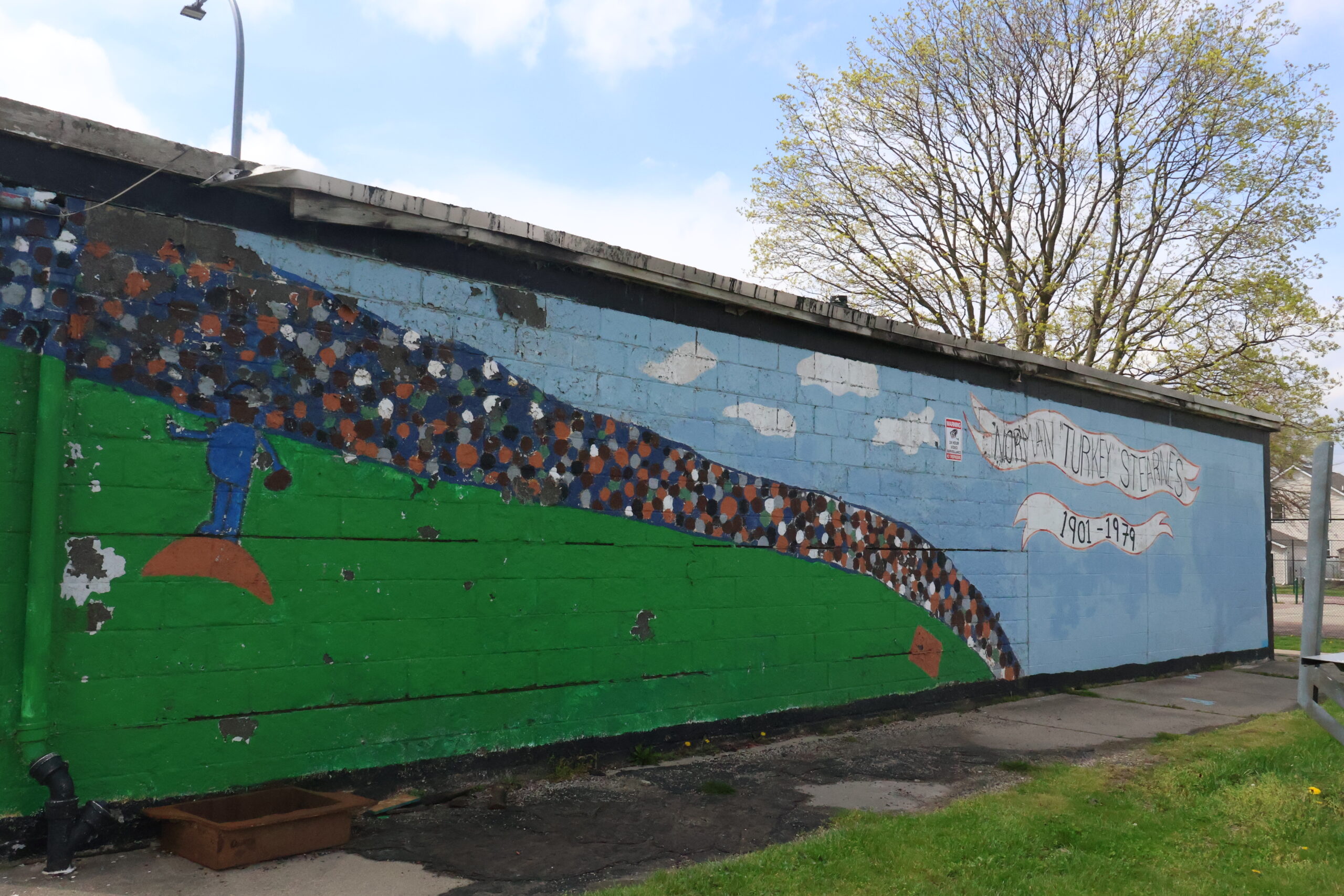
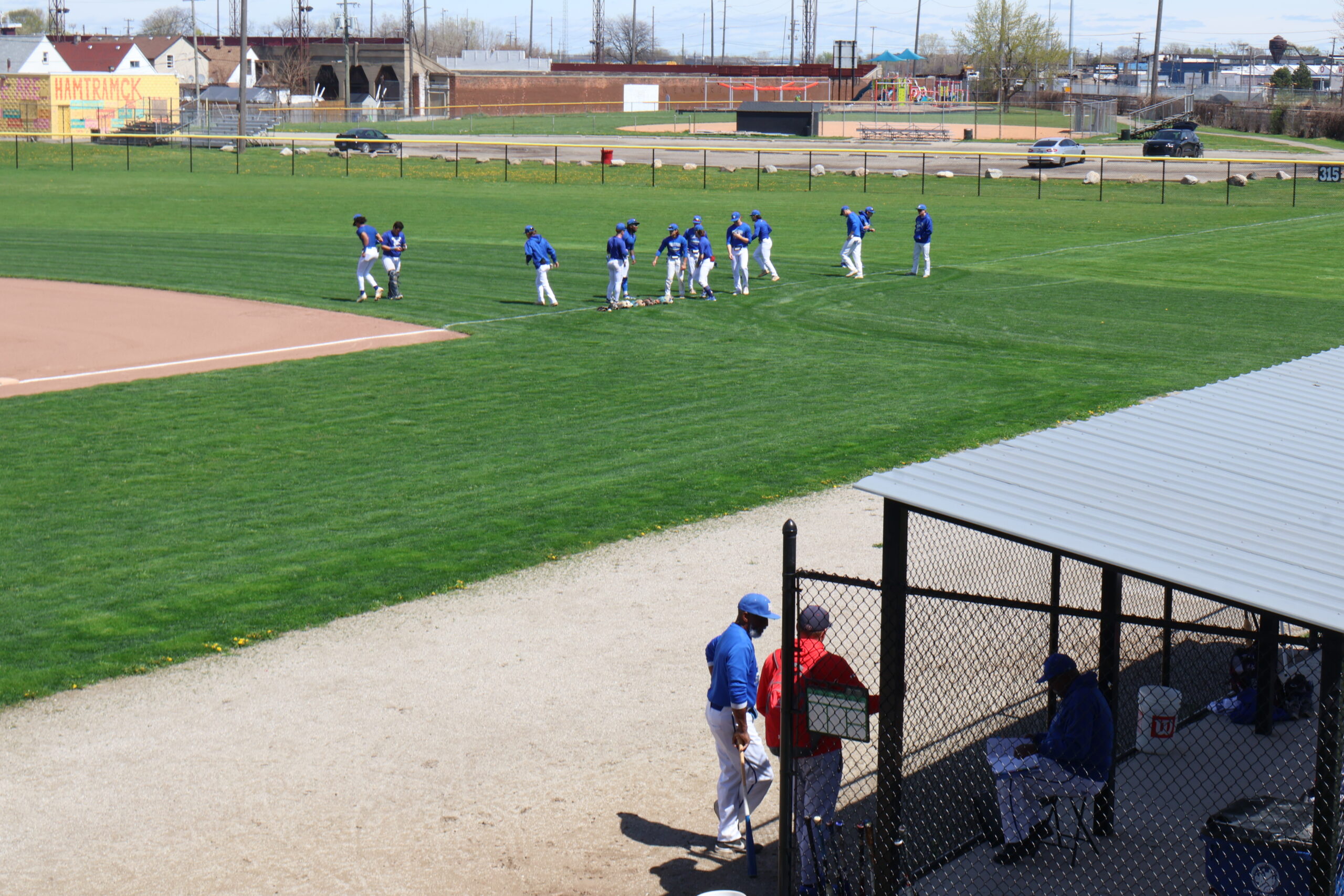


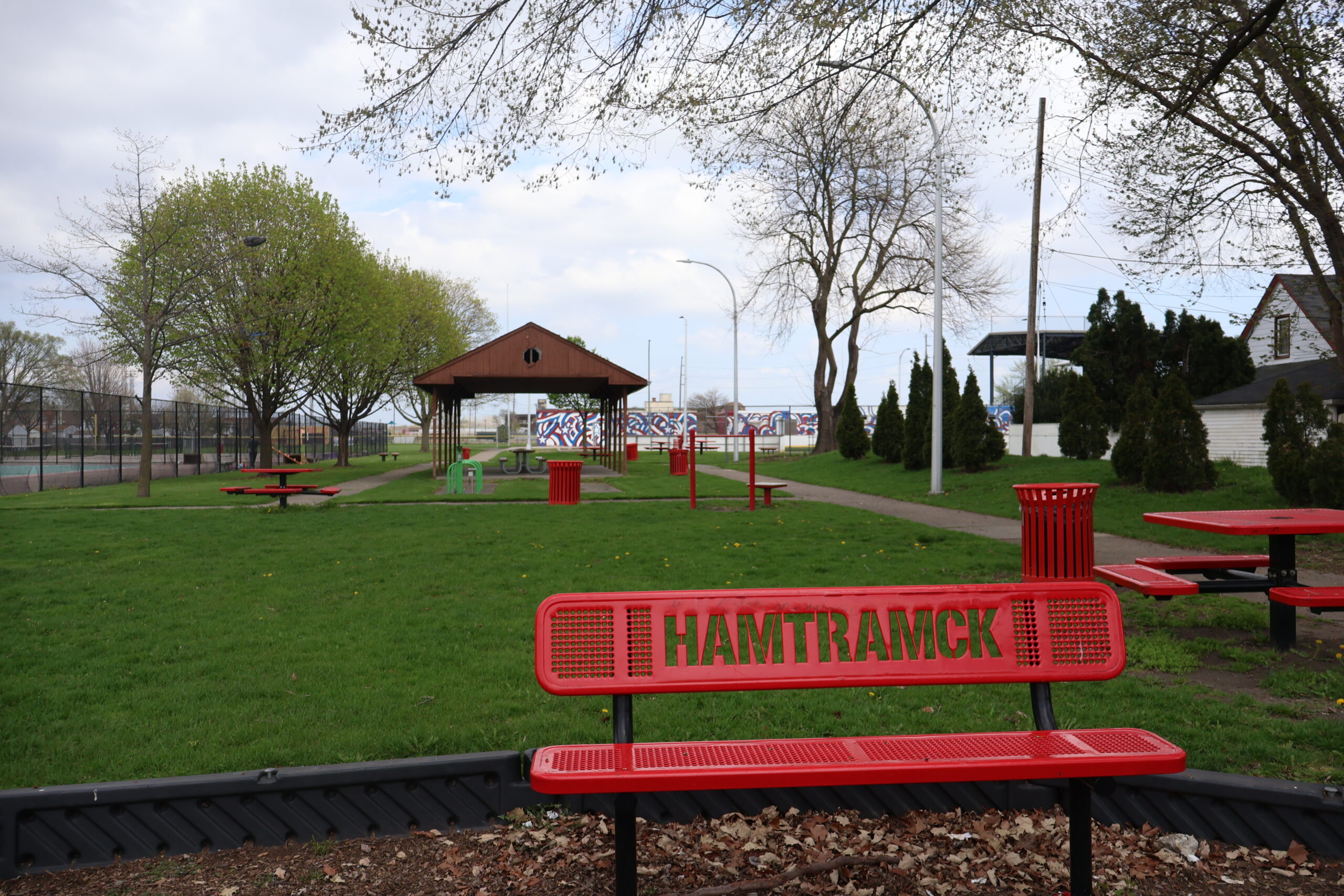



Leave a Reply